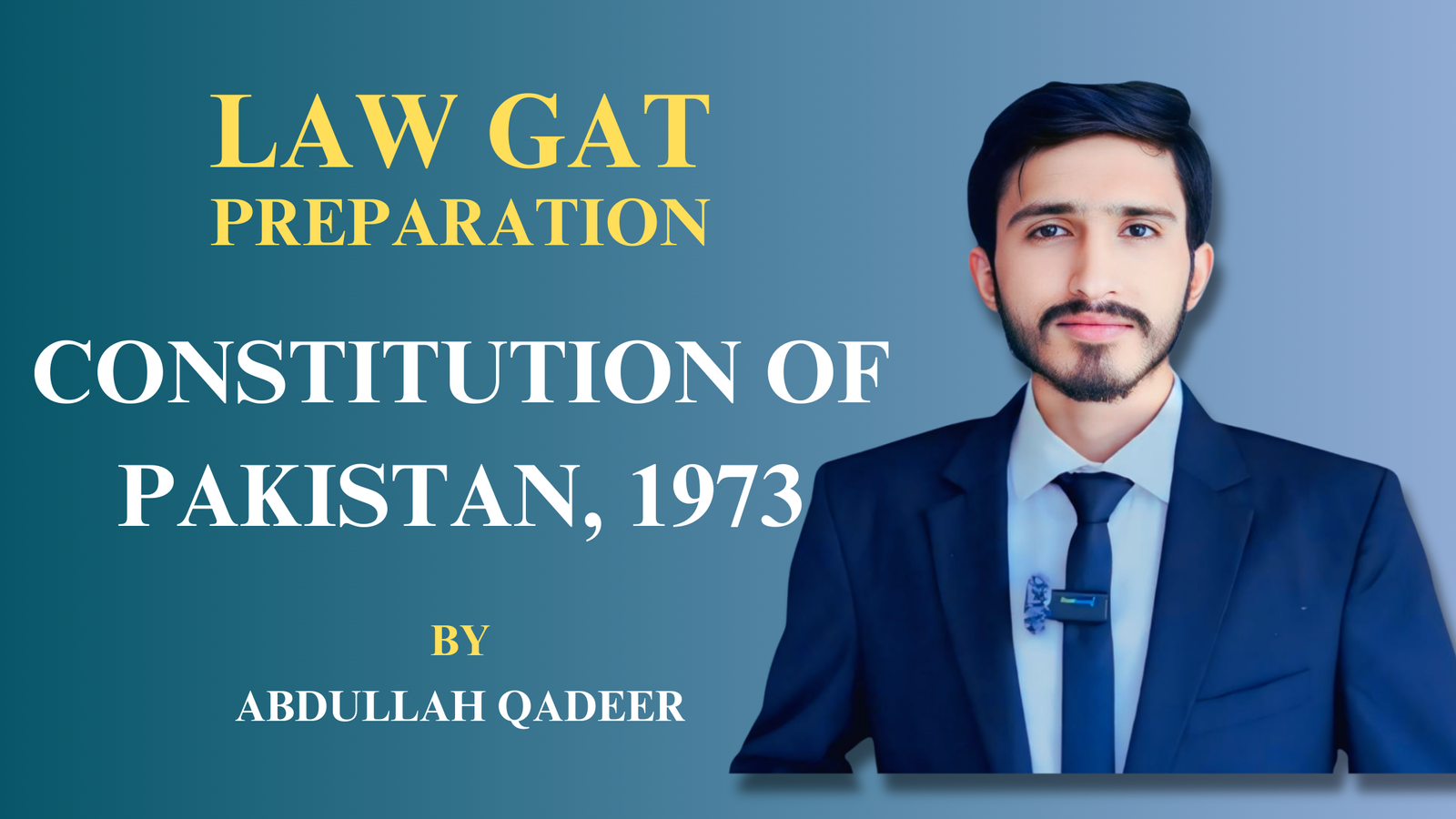Introduction
The Constitution of Pakistan, 1973, is a landmark document that defines the political, legal, and administrative framework of Pakistan. It is the supreme law of the country, reflecting the aspirations and values of its people. Promulgated on August 14, 1973, this constitution has played a crucial role in shaping Pakistan’s governance, ensuring the protection of fundamental rights, and maintaining the balance of power among various state institutions.
Historical Context
The Constitution of 1973 came into existence following a tumultuous period in Pakistan’s history. After the disintegration of East Pakistan in 1971 and the creation of Bangladesh, Pakistan needed a new constitutional framework to address the political, social, and economic challenges it faced. The previous constitutions of 1956 and 1962 had been abrogated due to political instability and military interventions. The need for a robust and representative constitution was paramount to restore democracy and ensure national cohesion.
Drafting and Promulgation
The drafting of the 1973 Constitution was a collaborative effort involving representatives from all provinces and political parties. The Constituent Assembly, under the leadership of Prime Minister Zulfikar Ali Bhutto, undertook the task of drafting a constitution that would be acceptable to all segments of society. The process involved extensive debates, negotiations, and compromises to address the diverse interests and concerns of various stakeholders.
On April 10, 1973, the Constituent Assembly passed the draft constitution, and it was officially promulgated on August 14, 1973. The Constitution of 1973 replaced the interim constitution of 1972 and established a parliamentary system of government.
Key Features of the Constitution
The Constitution of Pakistan, 1973, is a comprehensive document consisting of 280 articles and several schedules. Some of its key features include:
1. Parliamentary System
The constitution established a parliamentary system of government, with the Prime Minister as the head of government and the President as the head of state. The Prime Minister is elected by the National Assembly and is responsible for running the affairs of the government.
2. Federal Structure
The Constitution created a federal structure, dividing powers between the federal government and the provinces. It enumerated the subjects under the federal, provincial, and concurrent legislative lists, ensuring a distribution of authority and responsibilities.
3. Fundamental Rights
One of the most significant aspects of the 1973 Constitution is the inclusion of a comprehensive chapter on fundamental rights. These rights include freedom of speech, freedom of movement, freedom of assembly, and protection from discrimination. The Constitution also guarantees the right to a fair trial, protection of property, and the right to education.
4. Islamic Provisions
The constitution emphasizes the role of Islam in the governance of the country. It declares Pakistan an Islamic Republic and mandates that all laws must conform to the teachings of Islam as outlined in the Quran and Sunnah. It also establishes the Council of Islamic Ideology to advise the legislature on Islamic matters.
5. Judiciary
The constitution provides for an independent judiciary, with the Supreme Court as the highest judicial authority. It outlines the jurisdiction and powers of the Supreme Court, High Courts, and other subordinate courts. The judiciary is tasked with upholding the Constitution and ensuring the rule of law.
Amendments to the Constitution
Since its promulgation, the 1973 Constitution has undergone Twenty-Six (26) amendments to address evolving political, social, and economic needs. Notable amendments include the Eighth Amendment (1985), which increased presidential powers, and the Eighteenth Amendment (2010), which devolved powers to the provinces and restored parliamentary supremacy.
Conclusion
The Constitution of Pakistan, 1973, is a foundational document that has played a pivotal role in shaping the country’s political and legal landscape. It reflects the aspirations of the people for democracy, justice, and equality. Despite challenges and amendments, the constitution remains a symbol of Pakistan’s commitment to democratic governance and the rule of law. Understanding its key features and historical context is essential for appreciating its significance in Pakistan’s history.

